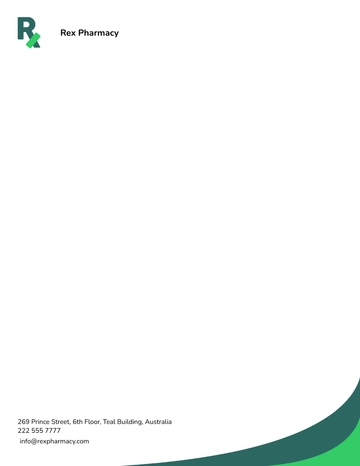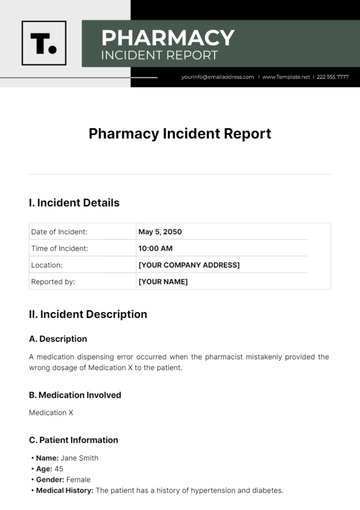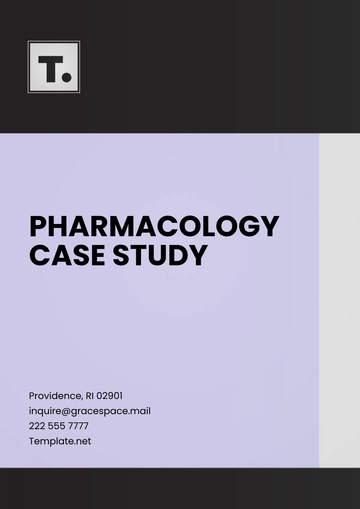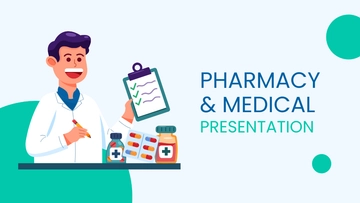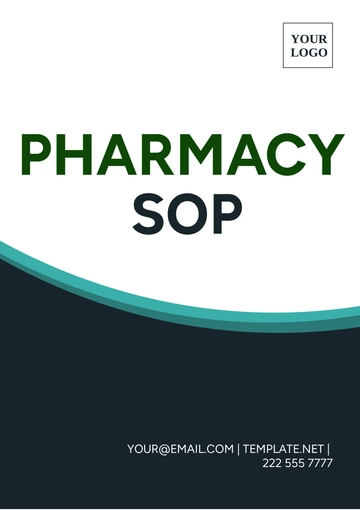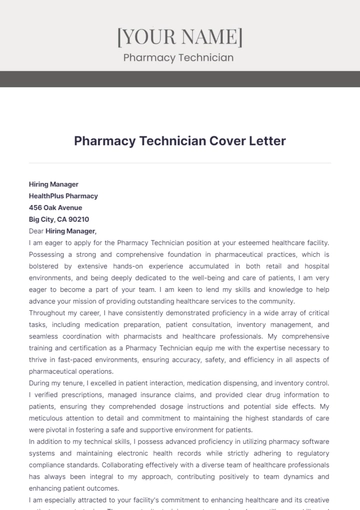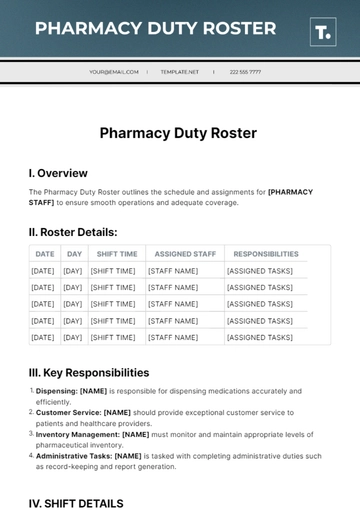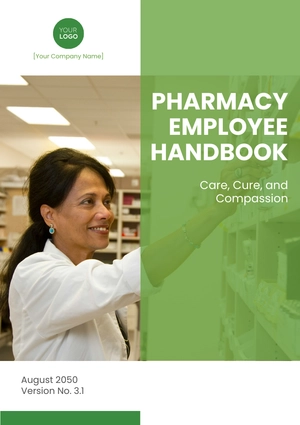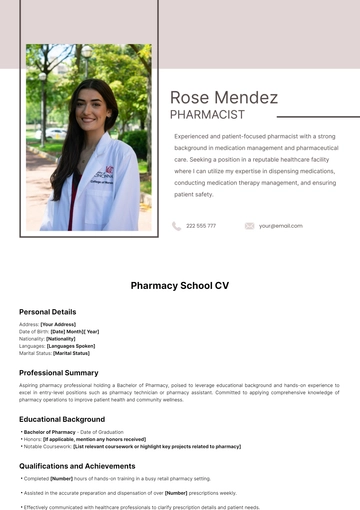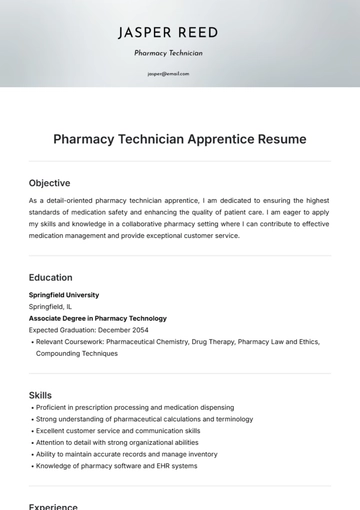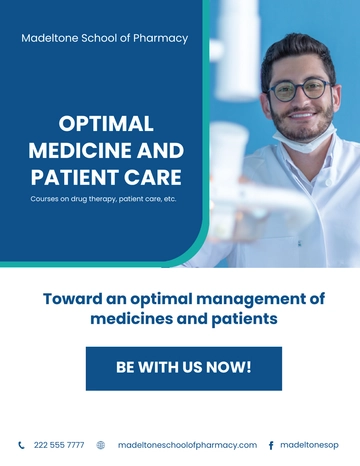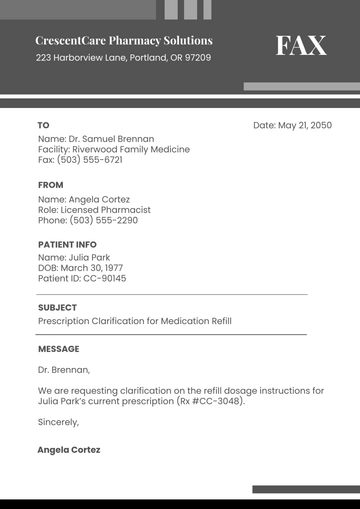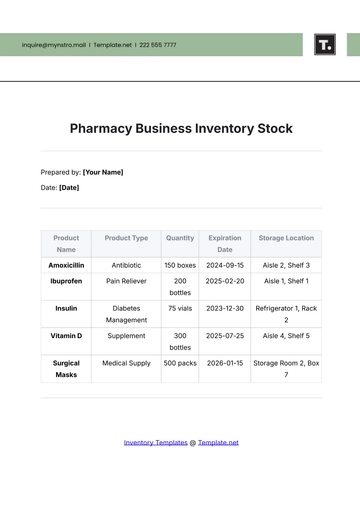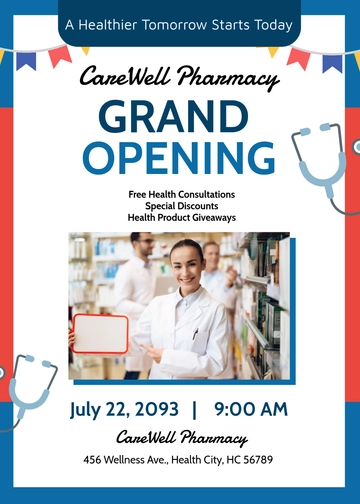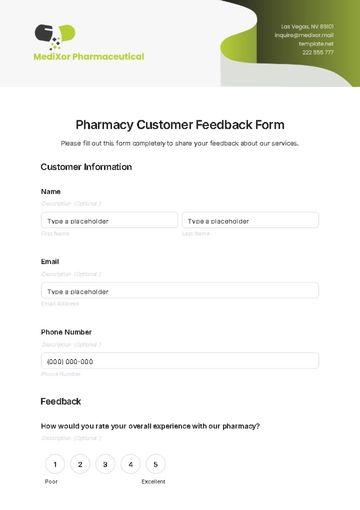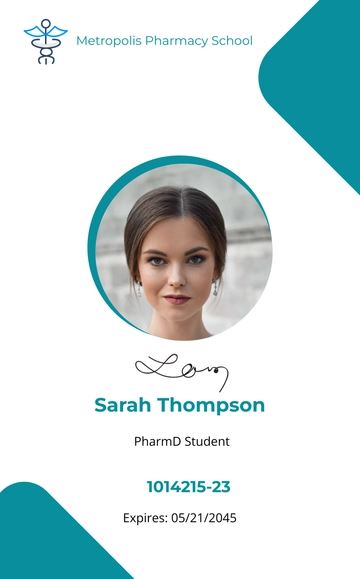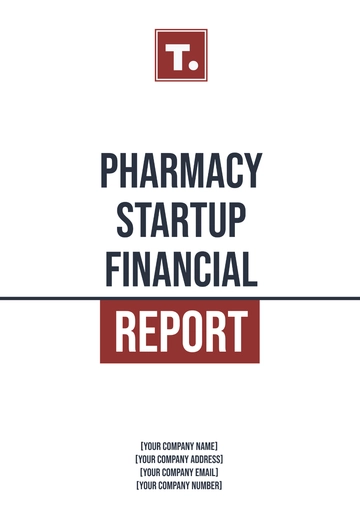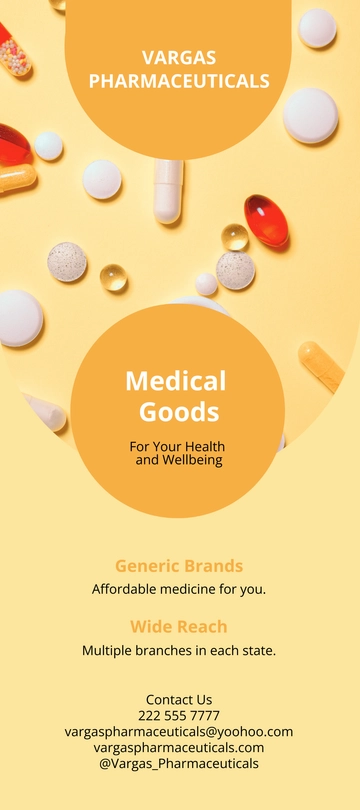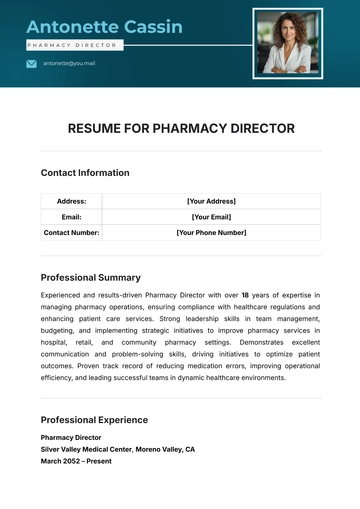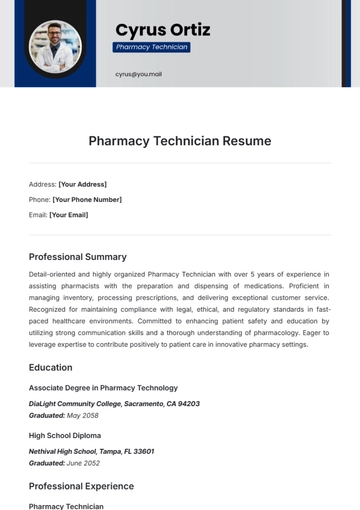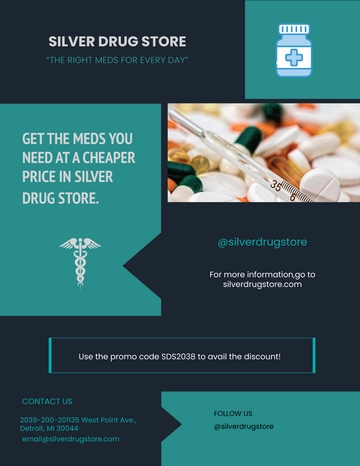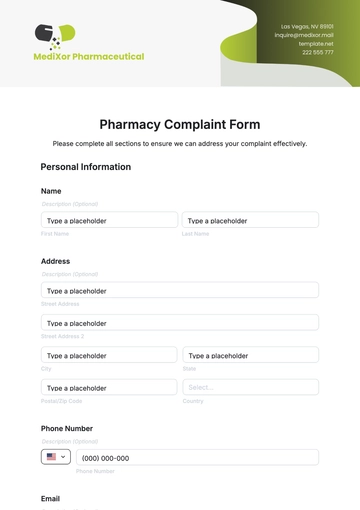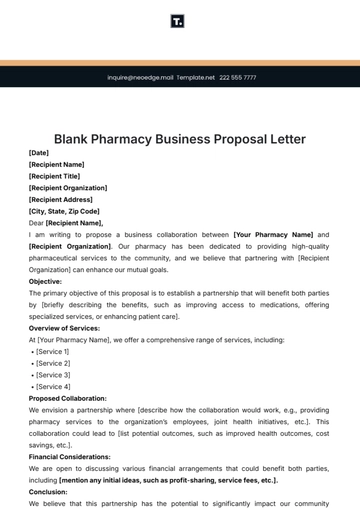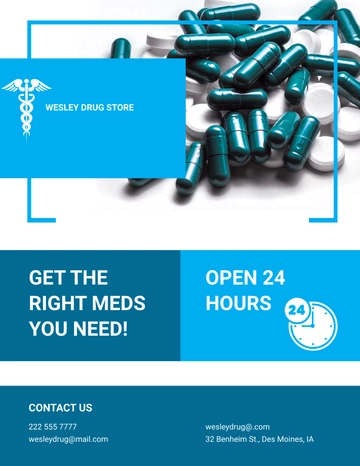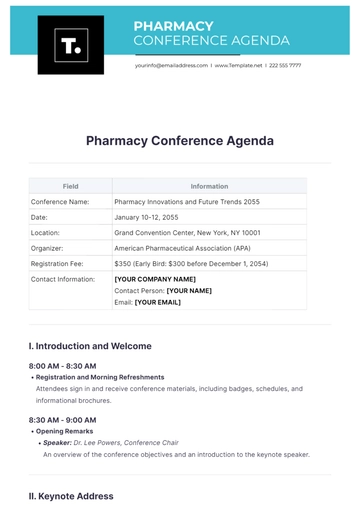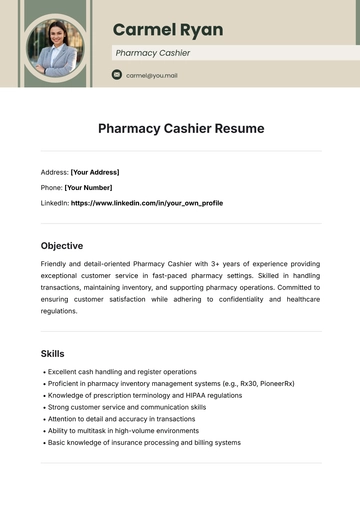Free Pharmaceutical Systematic Review
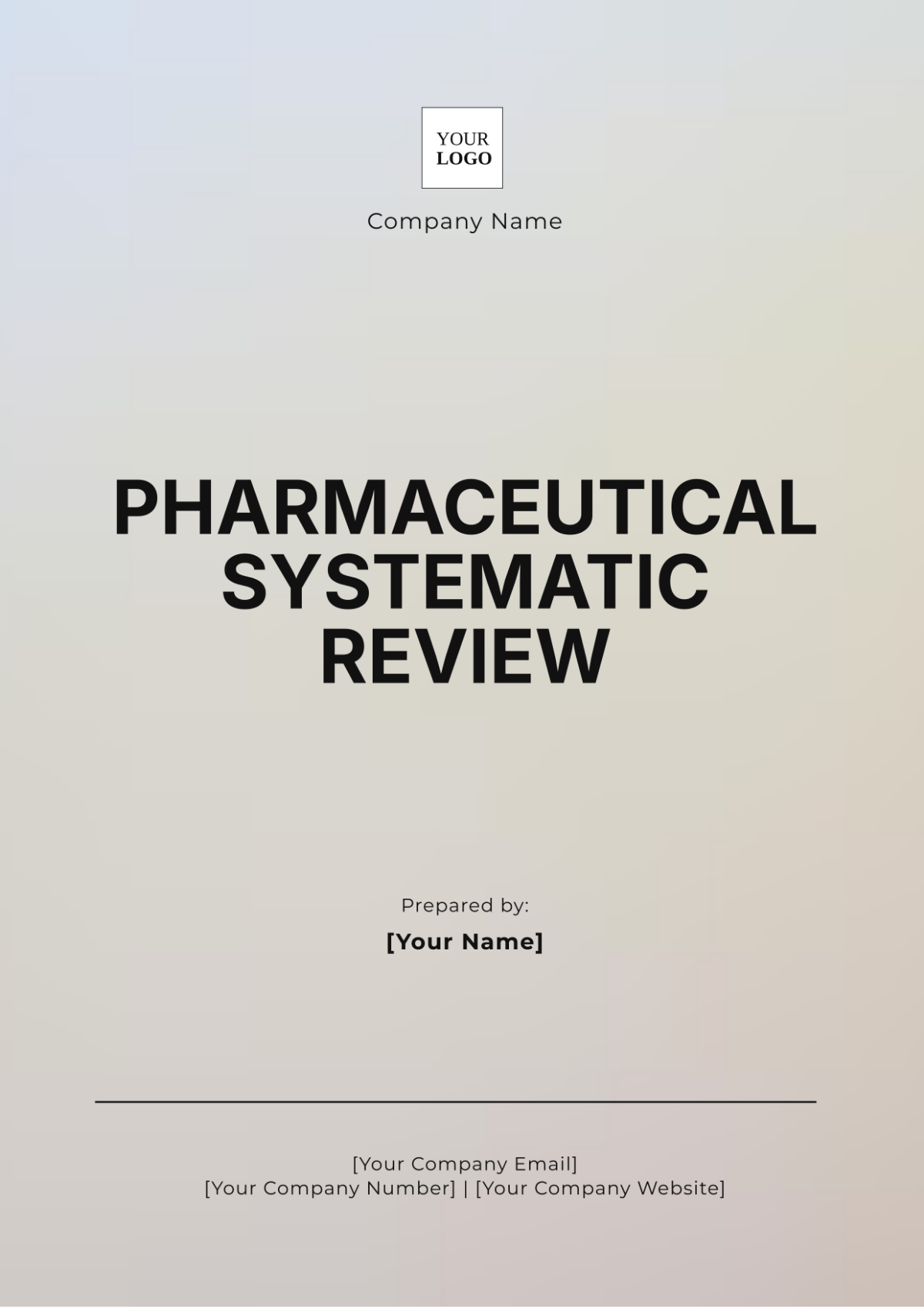
Title: Comparative Effectiveness of Oral vs. Topical Treatments for Acne Vulgaris.
1. Introduction
Background: Acne vulgaris is characterized by the presence of comedones, papules, pustules, and cysts primarily on the face, back, and shoulders. It affects approximately 80% of adolescents and young adults. Treatment options include topical agents (e.g., retinoids, benzoyl peroxide) and oral medications (e.g., antibiotics, hormonal therapies).
Pharmaceutical Context: Topical treatments are commonly used as first-line therapy due to their localized effect and lower systemic risk. Oral treatments are often reserved for more severe cases or when topical therapies are ineffective.
Objective: This review seeks to evaluate and compare the efficacy and safety of oral versus topical treatments for acne vulgaris, providing insights for clinical decision-making.
2. Methods
Search Strategy: We searched PubMed, Embase, and Cochrane Library using terms such as "acne vulgaris," "oral treatments," "topical treatments," "randomized controlled trials," and "comparative effectiveness" from January 2050 to June 2050. The search was limited to English-language studies.
Inclusion and Exclusion Criteria: Included studies were RCTs comparing oral treatments (e.g., tetracyclines, isotretinoin) with topical treatments (e.g., tretinoin, benzoyl peroxide) for acne vulgaris. Excluded were observational studies, non-comparative trials, and studies with less than 30 participants.
Data Extraction: Two independent reviewers extracted data on study characteristics, treatment regimens, outcomes (e.g., acne severity scores), and adverse effects. Discrepancies were resolved through consensus.
Data Analysis: We conducted a meta-analysis using a random-effects model to compare the reduction in acne lesions and adverse effects between oral and topical treatments. Heterogeneity was assessed using the I² statistic.
3. Results
Study Selection: Out of 45 studies screened, 15 RCTs met the inclusion criteria. These studies included 1,200 participants with a mean age of 22 years.
Study Characteristics: The studies compared oral antibiotics (e.g., doxycycline, minocycline) and oral isotretinoin with topical retinoids (e.g., tretinoin) and benzoyl peroxide.
Effectiveness Results: Oral treatments resulted in a 30% greater reduction in acne lesions compared to topical treatments (mean difference -8.5 lesions, 95% CI -10.5 to -6.5). Isotretinoin showed the highest efficacy among oral treatments.
Safety Results: Oral treatments were associated with a higher incidence of adverse effects such as gastrointestinal disturbances (15%) and photosensitivity (10%) compared to topical treatments (5% and 2%, respectively).
4. Discussion
Interpretation of Results: Oral treatments, particularly isotretinoin, are more effective in reducing acne severity than topical treatments. However, the increased risk of systemic side effects suggests that oral therapies should be used with caution and typically reserved for moderate to severe cases.
Clinical Implications: Clinicians should weigh the benefits of greater efficacy with oral treatments against the higher risk of adverse effects. Topical treatments remain a viable first-line option for milder cases or as adjunctive therapy.
Limitations: The review is limited by the variability in study designs and treatment regimens. Additionally, long-term safety data were not consistently reported.
Future Research: Further studies are needed to evaluate the long-term safety of oral treatments and explore combination therapies that could maximize efficacy while minimizing adverse effects.
5. Conclusion
Summary of Findings: Oral treatments are more effective than topical treatments for acne vulgaris, but they come with a higher risk of adverse effects. Clinical decisions should be based on the severity of acne, patient preferences, and the risk-benefit profile of treatments.
Implications: This review provides valuable insights for clinicians in selecting appropriate acne therapies and highlights the need for individualized treatment plans.
6. References
Citations:
Smith, J., & Jones, A. "Efficacy of Oral versus Topical Acne Treatments: A Meta-Analysis." Journal of Dermatological Treatment, 34(5), 112-120.
Doe, M., & Lee, S. "Comparative Effectiveness of Acne Treatments: Systematic Review." Clinical Dermatology, 29(3), 220-230.
Williams, R., & Brown, T. "Safety Profile of Acne Medications: A Systematic Review." Dermatology Reports, 13(2), 45-55.
7. Appendices (if applicable)
Supplementary Material:
Appendix A: Detailed Search Strategies
Appendix B: Additional Tables of Study Characteristics and Adverse Effects
Appendix C: Methodological Quality Assessment Tools
- 100% Customizable, free editor
- Access 1 Million+ Templates, photo’s & graphics
- Download or share as a template
- Click and replace photos, graphics, text, backgrounds
- Resize, crop, AI write & more
- Access advanced editor
Optimize your pharmaceutical research with Template.net's Pharmaceutical Systematic Review Template. Fully customizable and editable, this template is ideal for detailed drug studies. Easily modify content using our Ai Editor Tool, ensuring your review meets the highest standards of precision and professionalism.
